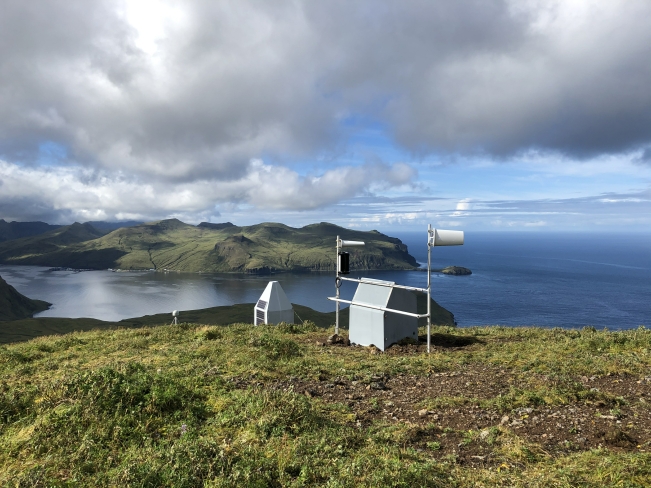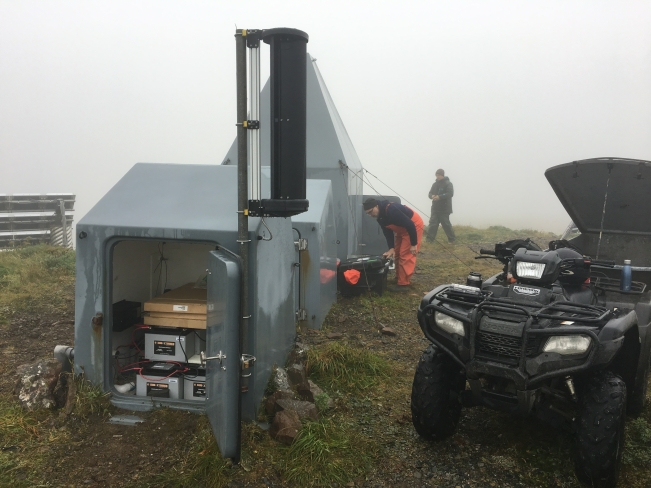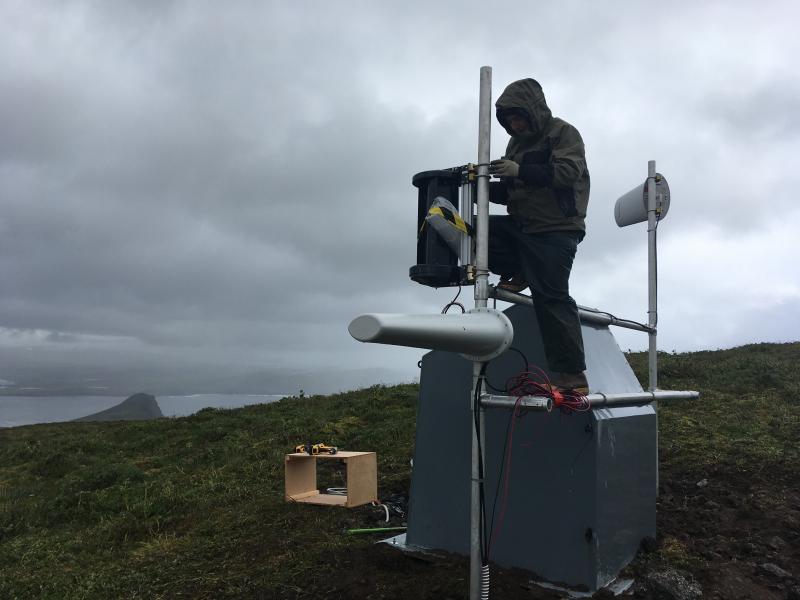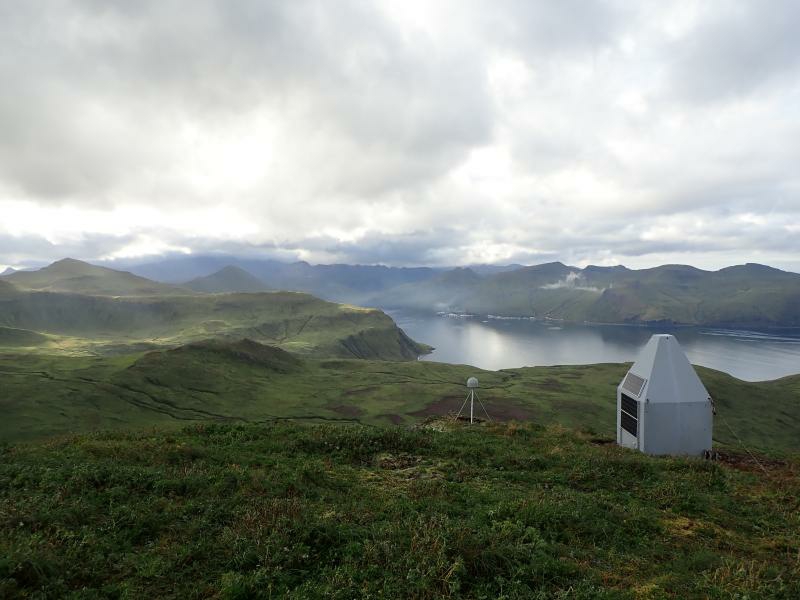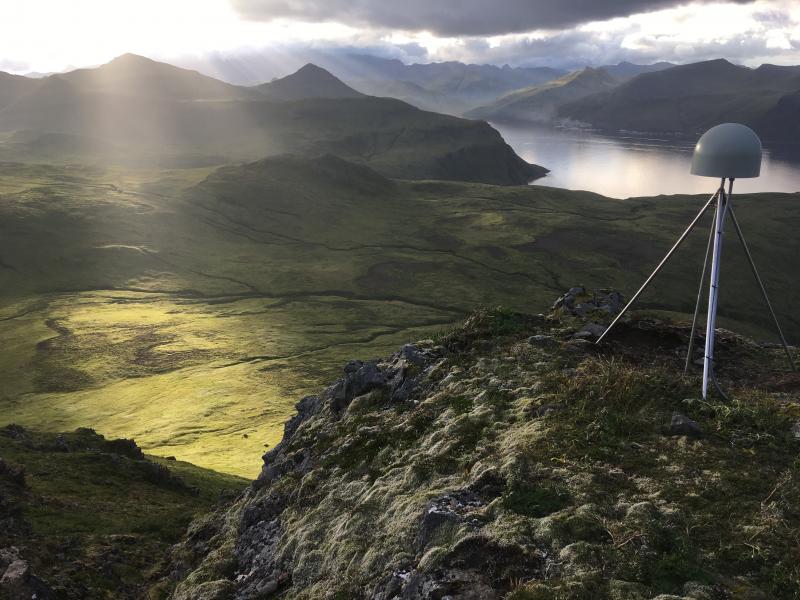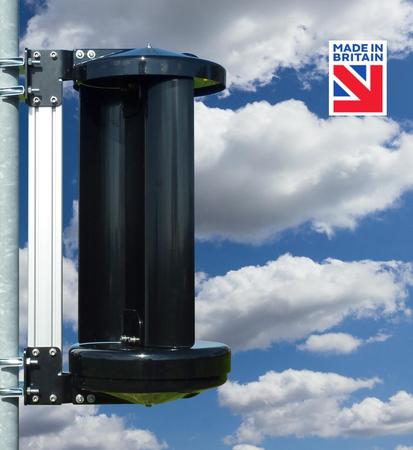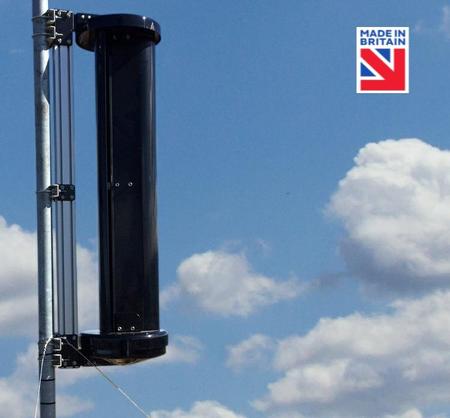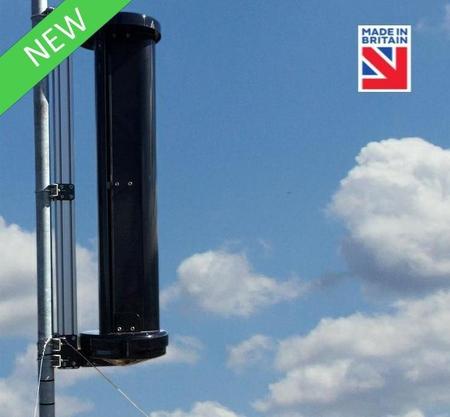The Alaska Volcano Observatory (AVO) is a joint program of the U.S. Geological Survey (USGS), the Geophysical Institute of the University of Alaska Fairbanks (UAFGI), and the State of Alaska Division of Geological and Geophysical Surveys (ADGGS). AVO monitors and studies Alaska's hazardous volcanoes, to predict and record eruptive activity, and to mitigate volcanic hazards to life and property.
Extreme Wind Turbines for remote locations
Weve been using the Tristar 45s and they seem robust, as have your wind generators - we've just had winds of 85 mph for 3 days out at a site near Adak and both the vertical axis LE-v50 Extreme and LE-v150 Extreme held up well.Cyrus Read, Operations Geophysicist, Alaska Volcano Observatory
AVO has three primary objectives:
- To conduct monitoring and other scientific investigations in order to assess the nature, timing, and likelihood of volcanic activity;
- To assess volcanic hazards associated with anticipated activity, including kinds of events, their effects, and areas at risk; and
- To provide timely and accurate information on volcanic hazards, and warnings of impending dangerous activity, to local, state, and federal officials and the public.
Leading Edge were approached by AVO to provide off-grid power for remote earthquake and volcano monitoring stations in Alaska and the Northern Mariana Islands. Our Extreme vertical axis wind turbines and additional off-grid kit were were installed at thier lower elevation sites where power consumption is typically 6-12W, depending on the site equipment but typically to provide off-grid power for radios or satellite modems for communications. Their standard sites use around 2-3W where they put 1800Ah of AGM batteries to power through the winter when there is little to no solar input. Our wind turbines enable them to reduce the size of battery banks at these high power consumption sites.
The Extreme vertical axis wind turbines are suited to the location of AVOs projects due to their survival in extreme winds and cold temperatures that the Arctic circle brings. Due to the remote location of some of the sites, the team at AVO only get the chance to see the installations once a year so its integral the kit is low maintenance and can survive Extreme weather conditions.
Cyrus Read from AVO has confirmed the robustness of the kit who explained "weve been using the Tristar 45s and they seem robust, as have your wind generators - we've just had winds of 85 mph for 3 days out at a site near Adak and both the vertical axis LE-v50 Extreme and LE-v150 Extreme held up well.
We are still working with AVO to continue to help power off-grid remote earthquake and volcano monitoring stations in Alaska and surrounding islands, you can read more about what the AVO are up here.
Products Featured in This Case Study
Tell us about your project
Our Off-grid experts will come back with recommendations




